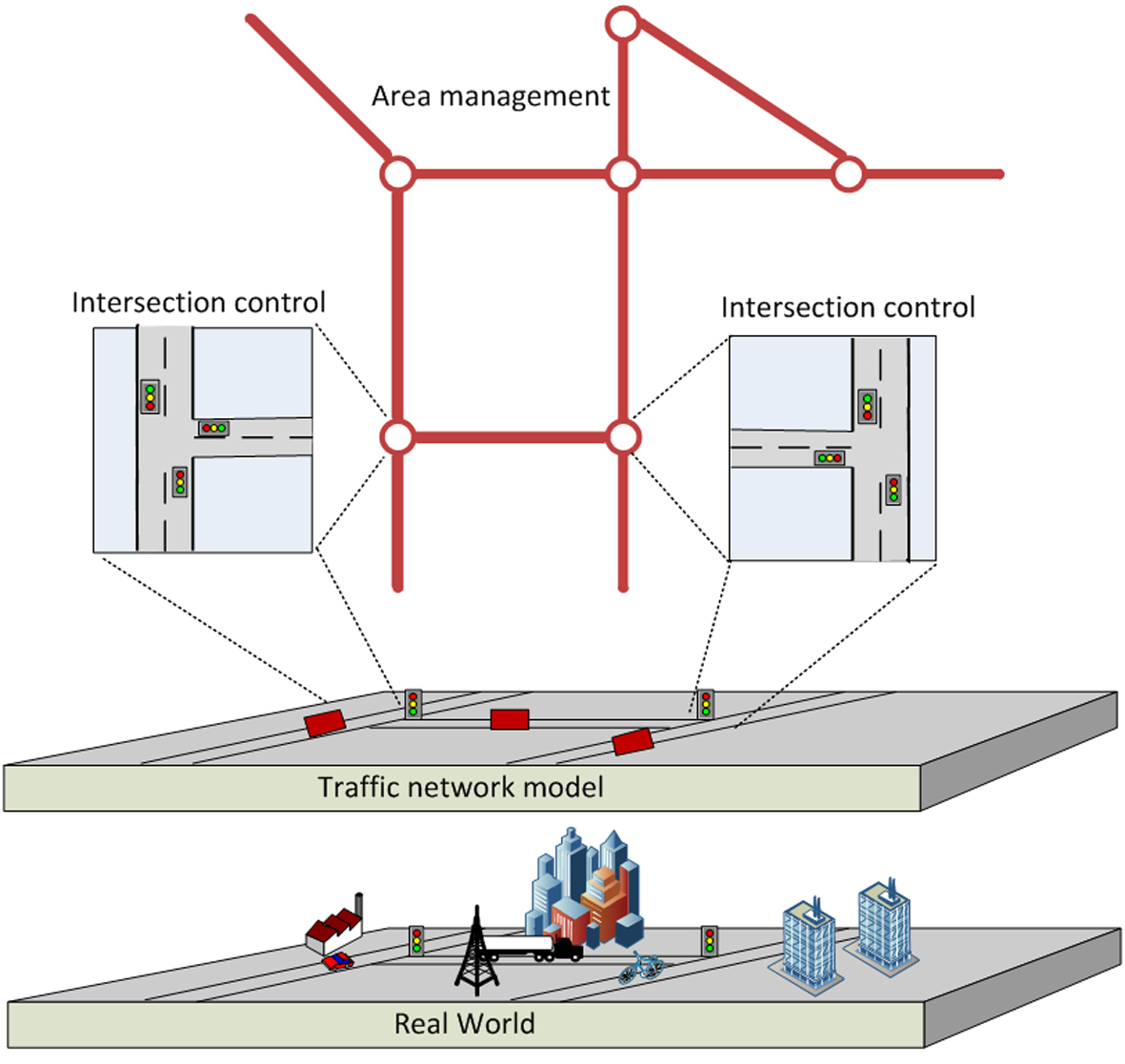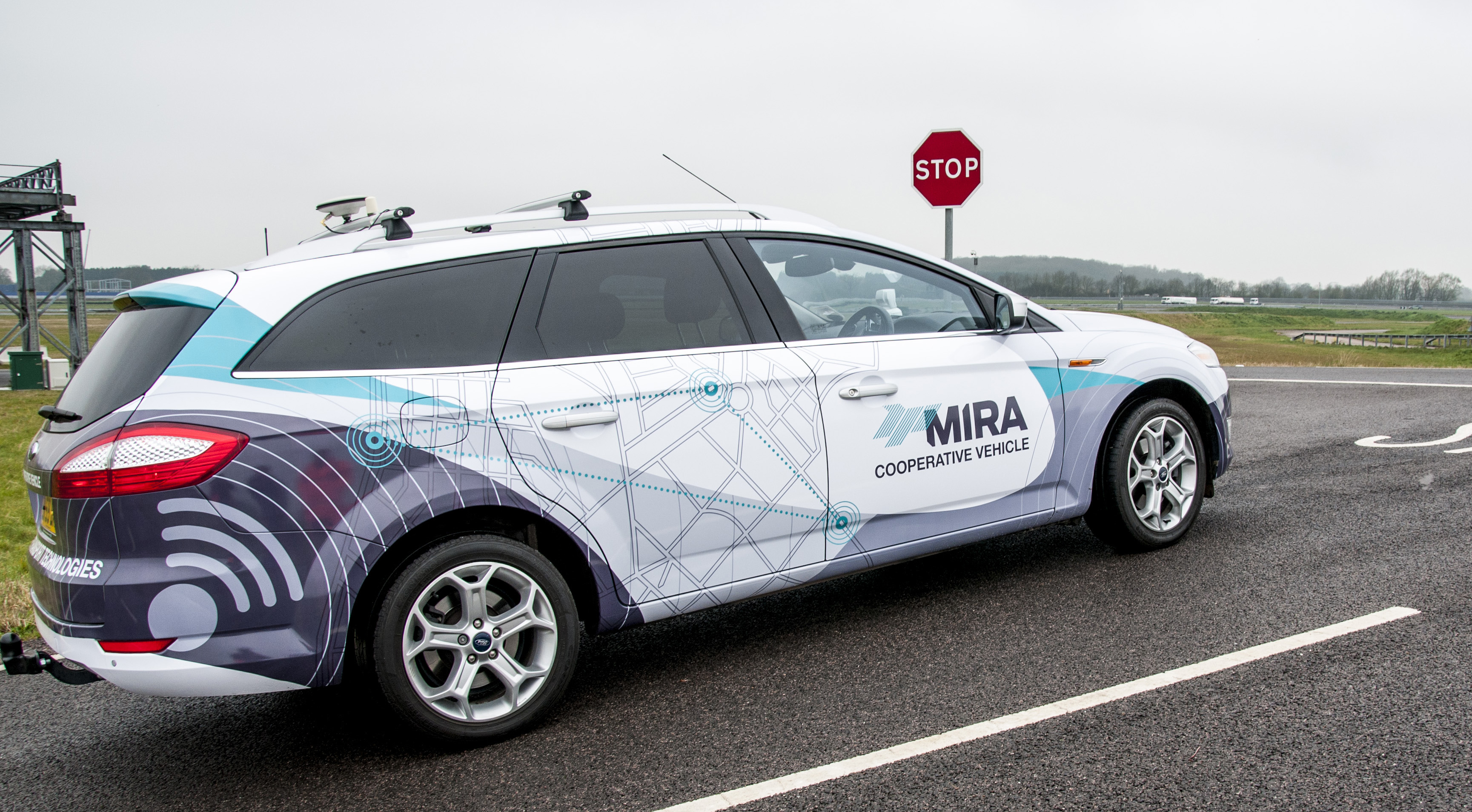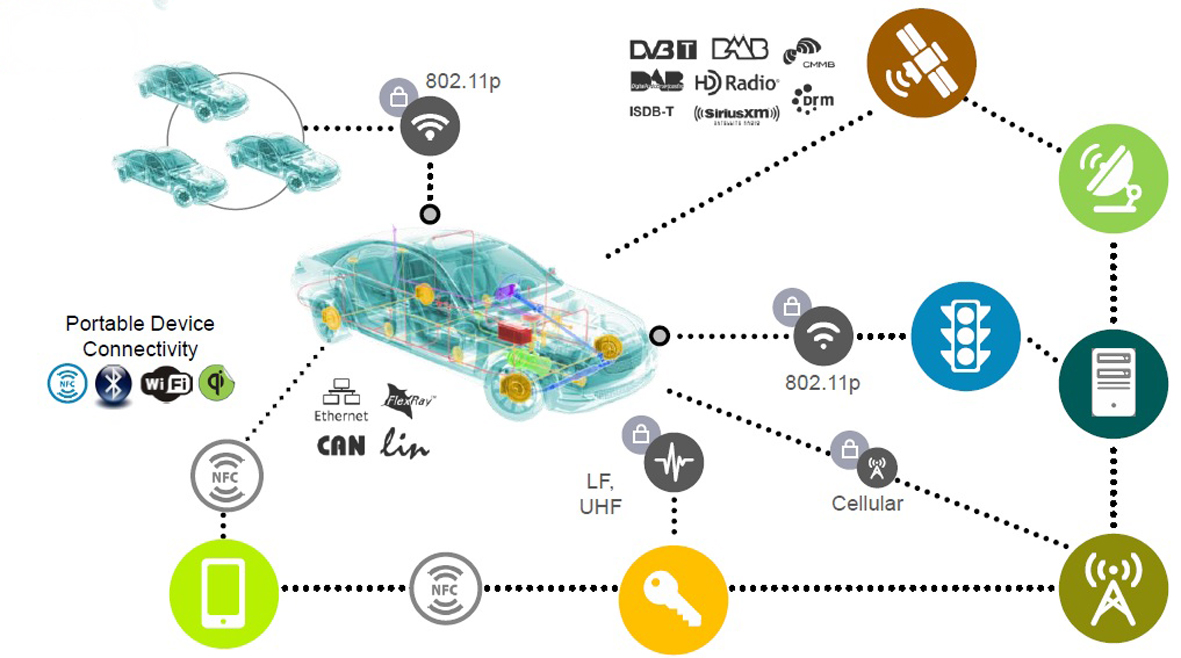What autonomous driving technology is now available?
While much of the technology required to realise self-driving cars is now available, Steve Rogerson looks at what still needs to be done.
The automotive industry is facing a revolution. The idea of self-driving cars only a few years ago would be deemed a jump into the world of science fiction, but today the car can sense its surroundings more than ever and some aspects of control have been taken away from the driver and given to the car. There have already been trials of self-driving vehicles and now nobody is predicting if it will happen, just when.
What is encouraging is that the bulk - if not all - of the technical building blocks for a self-driving car are already in place. Work needs to be done to improve some of these, making the sensors even more sensitive and increasing the processing power in the car, but most feel the big challenge is making this technology affordable right the way down the spectrum of vehicle sizes.
What is not in place is the infrastructure that would allow drivers to get the most out of a self-driving vehicle, such as how it could interact with traffic light systems to achieve optimum speed, or know where available parking spots are. This could extend to letting a city-wide system take control of all the traffic within the city, but to achieve this will need investment, probably by national or local government, and there is no real sign yet of politicians offering to open the purse strings on anything like the scale needed. However, some think that cars will soon be able to get enough information from each other to overcome this hurdle, using car-to-car communications, meaning the massive investment in infrastructure may not be needed, at least in the short term.
“You need to get the vehicles talking to each other before they can become autonomous,” said Tim Yeardon, Global Director of Innovation and Design at Tier 1 supplier, Visteon. “The technology capacity is there, but there is a commercial issue of what level of vehicle the technology can be installed on. Plus, governments and municipalities haven’t got the money to make massive changes in the infrastructure, so the vehicles need to be self sufficient,” adding that these changes in the infrastructure would come over time; as more vehicles become equipped with technology that can take advantage of the services to support autonomous driving, there would be a gradual increase in local governments rolling out those services as budgets allow. In many ways, a phased-in route is already happening with semi-autonomous advanced driver assistance systems, such as collision mitigation, automatic braking, driver alerts, radar and vision sensing.
“We expect that fully automated driving will likely occur in several phases,” said Richard Gotch, a spokesperson for Tier 1 supplier, Delphi. “Each phase addresses different aspects that relate to vehicle safety, starting with introduction of technologies to mitigate driver distraction. Following phases will include different levels of vehicle-to-vehicle and vehicle-to-infrastructure communications to enhance safety, followed by advancing degrees of automated driving functionality. Vehicle-to-vehicle and vehicle-to-infrastructure communications can extend the range of the radar and camera sensors today, allowing vehicles to share traffic and road information in real-time with each other and the network.”
Sören Pinkow, from Continental, agreed. He said: “Automated driving will come about one step at a time over a period of more than ten years. As it evolves from partially automated to highly automated and, ultimately, to fully automated driving - even on parts of a route - a lot of research and development work will be necessary.” Soshun Arai, embedded segment manager at ARM, thinks there could be a problem without the infrastructure. “Infrastructure will be key for some implementations of autonomous driving,” he said. “Sweden is very positive about this, but larger countries will need a huge investment in their motorways.” However, he said he thought autonomous driving would be with us by 2020 and that ARM was gearing up to support that.

Mira’s cloud computing concept for autonomous driving
Anthony Baxendale, Manager for Future Technologies and Research at the UK’s Motor Industry Research Association (MIRA), said that cloud technology could help here. “The concept of the cloud is interesting,” he said. “You can envisage each vehicle as part of a large system with each vehicle providing data. Those data are held in the cloud and provided to others. There is the potential to use this information to guide vehicles through complex urban situations,” adding: “You would need very fast real-time communications in the infrastructure.”
On trial
There have been numerous trials of autonomous driving already. The University of Michigan, for example, is building a simulated urban environment on a large plot of land and is developing three complementary on-roadway vehicle deployments of up to 20,000 vehicles across south-eastern Michigan. The Google Car is going through tests in California. In the UK, MIRA has a test car for researching into autonomous driving. And there have been various trials across Europe.

Mira’s autonomous driving test vehicle
“There have been tests drives through city centres in all sorts of driving conditions,” said Lars Reger, Vice President for R&D at NXP Semiconductors. “Basically, all the technology is in place.” He said, though, there was a need to make the algorithms used to process the information more robust to handle a wider range of driving conditions: “They are also looking at the cost of these systems so they can be migrated into cheaper cars,” he added. “They have to provide the same level of quality, robustness and security. You can’t compromise on those.” This is likely to be an incremental process, as Yeardon pointed out: “Most manufacturers are starting to bring this technology in over time heading towards full autonomy. There has been an influx of driver-assistance systems, starting at the luxury car level and migrating down.” Examples of these include automatic parking, which is going a long way to increasing user acceptance of letting the car take over. “Small changes are needed to help drivers get used to what is happening,” said Yeardon. “These will be needed for consumers to be happy to start to accept this.”

NXP’s vision of a connected car
Baxendale added: “Many of the systems already exist on vehicles today, things such as automatic cruise control and lane assist, but what they need to do is apply them in large envelopes of automation.” In other words, the technology building blocks were there but there still needed to be closer integration between them. “The fundamental architecture is about sensing the environment, planning what will happen next and implementing that,” he said. But he does believe the current range of radar, lidar, ultrasonics, GPS and so on limits the horizon of the vehicle. “So extending the horizon beyond the sensors is a key technology challenge,” he said. “That is where vehicle-to-vehicle communications come in. That is a fundamental requirement for wider deployment for this technology.”
Another area that Baxendale believes needs developing is artificial intelligence and machine learning. This, he said, would help the vehicle make better use of all the data in a car and translate those into simple instructions such as steering, acceleration and braking. “The vehicles need to learn how to interpret the data and build up experience. But it has to be accurate and reliable.”
Liability
The one issue that is vexing those in the industry - and lawyers - is liability. If there is an accident in which a self-driving car is involved and can be shown to be at fault, who is responsible for that accident. The passive driver? The car manufacturer?
“If I drive and I run over a person, it is my issue,” said Reger. “But maybe one day it could be said that, say, BMW is driving. Legally, this is a challenge. The car makers do not want to be pulled into responsibility for their cars causing an accident autonomously.” He said some of this was already with us today, in that cars would take control to avoid accidents and this would become more widespread. Mercedes has already brought a large amount of autonomous driving capability to the S Class, for example. Reger sees this leading to legislative changes: “In the next few years there will be legal changes. Some US states are already issuing autonomous driving licences and I think we will see that soon in Europe.”

Mercedes has brought autonomous driving capabilities to the S Class
Yeardon said the issue of liability could literally be the billion dollar question and he suspected that different parts of the world would deal with it in different ways: “We don’t have the answers,” he said. “What may be the liability situation in, say, North America might be different in Europe or Asia. There will be regional differences.” Interestingly, MIRA’s Baxendale believes the legal problems have been over emphasised: “It is not a road blocker,” he said. “It is difficult but there are people looking into it. Liability may pass from the driver to the vehicle manufacturer and some may be reluctant to embark on that. But the opportunities will break through these barriers.”
Even though most of the technology is available to achieve fully autonomous driving there is still much work to be done before driverless cars become a common feature on our roads. As Delphi’s Gotch said: “Technology, infrastructure capability, affordability, responsibility, regulation, technology validation, testing and, of course, consumer acceptance are all issues that need to be addressed before fully autonomous driving can become a reality. Government and industry need to work together and research, develop and release performance standards, validate and approve technology, continue to create and introduce mature and reliable software, reduce the cost of systems and, finally, seek and obtain the approval of consumers. These elements are critical.”
He pointed out that with smart phones, even if they work 98% of the time, most become frustrated with the 2% failures. “Yet, these failures aren’t likely to be catastrophic,” he said. “But 2% of failures in an autonomous driving situation has the potential to be serious.”


